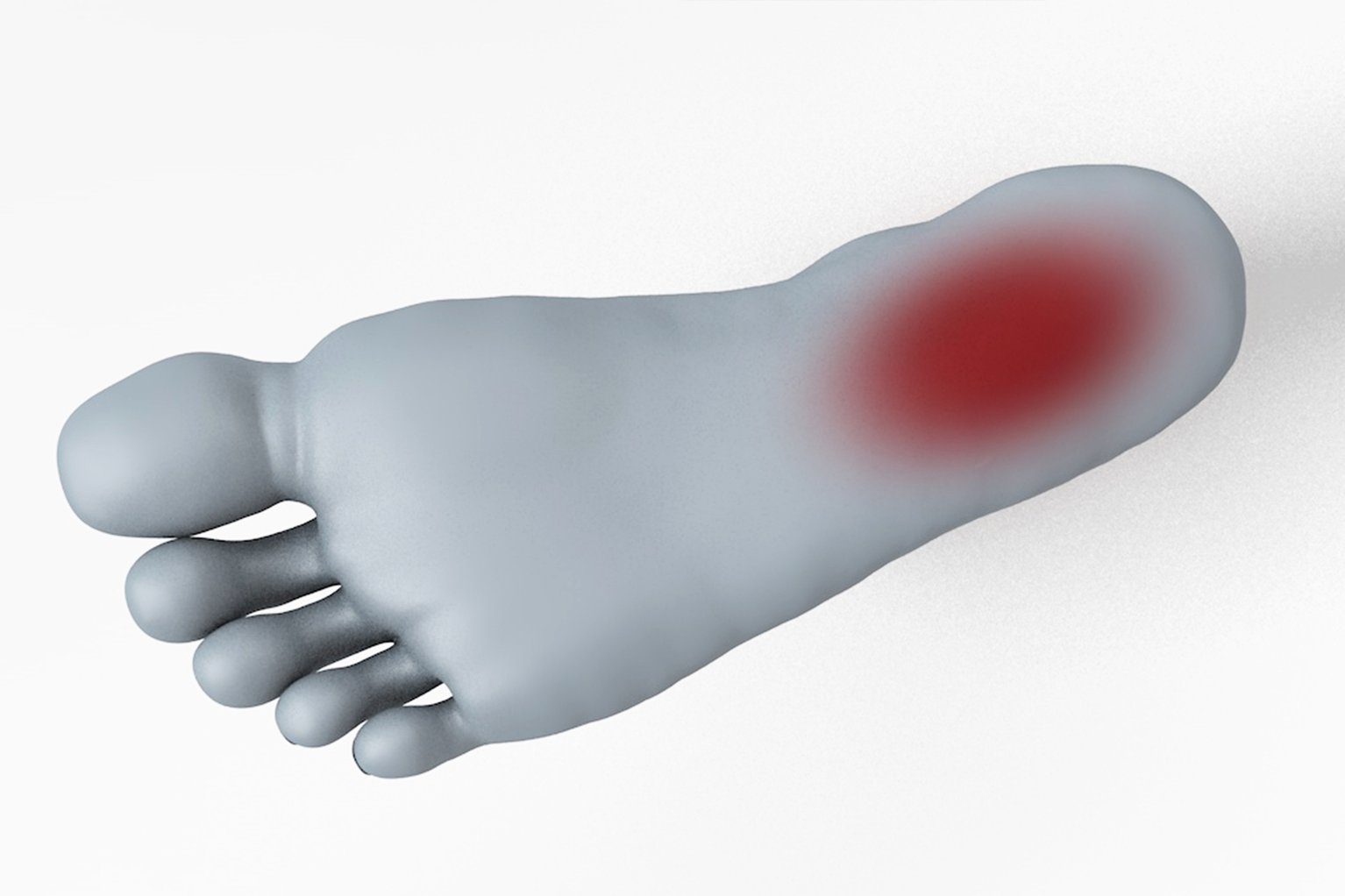
Osteopathy To Treat Plantar Fasciitis
The main symptom of plantar fasciitis (PF) is pain on the bottom of your foot, around your heel and arch. It is a common condition, caused by straining the part of your foot that connects your heel bone to your toes (plantar fascia). Osteopathy is a safe and effective treatment for the millions of us who suffer from plantar fasciitis.
Symptoms of Plantar Fasciitis
- Stabbing pain and stiffness that’s much worse when you start walking after sleeping or resting
- Pain feels better during exercise, but returns after resting
- Difficulty raising your toes off the floor
Common Causes of Plantar Fasciitis
- Recently starting exercise on hard surfaces
- Starting a new form of exercise or increasing the intensity of your exercise
- Standing for long periods of time each day
- Wearing shoes with poor cushioning or support
- Have a tight achilles tendon
- Have flat feet or an unusually high arch
- Have other medical conditions such as systemic lupus erythematosus or rheumatoid arthritis
- Obesity
How Can Osteopathy Help Plantar Fasciitis?
Your osteopath will create a personalised treatment plan to reduce stress in the ligament, minimise secondary injuries and help you to heal more quickly.
- By checking how your body moves as a whole, your osteopath will ensure your walking/running gait is not having a negative impact on your feet
- Using gentle massage and manipulative techniques to increase the mobility of the joints and the flexibility of the muscles in the foot
- Improving the movement in back/knee/hip joints to help with ankle mobility and therefore the action of your foot
- Specific stretches to ease muscles around the foot, balancing and strengthening exercises will be given and can be accessed on our webpage here.
- We will offer advice on footwear, lifestyle changes and supports available
How To Ease Plantar Fasciitis Symptoms At Home
- Rest and raise your foot on a stool when you can
- Put an ice pack (or bag of frozen peas) in a towel on the painful area for up to 20 minutes every 2 to 3 hours
- Wear wide, comfortable shoes with a low heel and soft sole
- Use soft insoles or heel pads in your shoes
- Regular gentle stretching exercises at home (click here)
- Swimming
To book your Osteopathic treatment, click here for our new easy to use online booking system.
